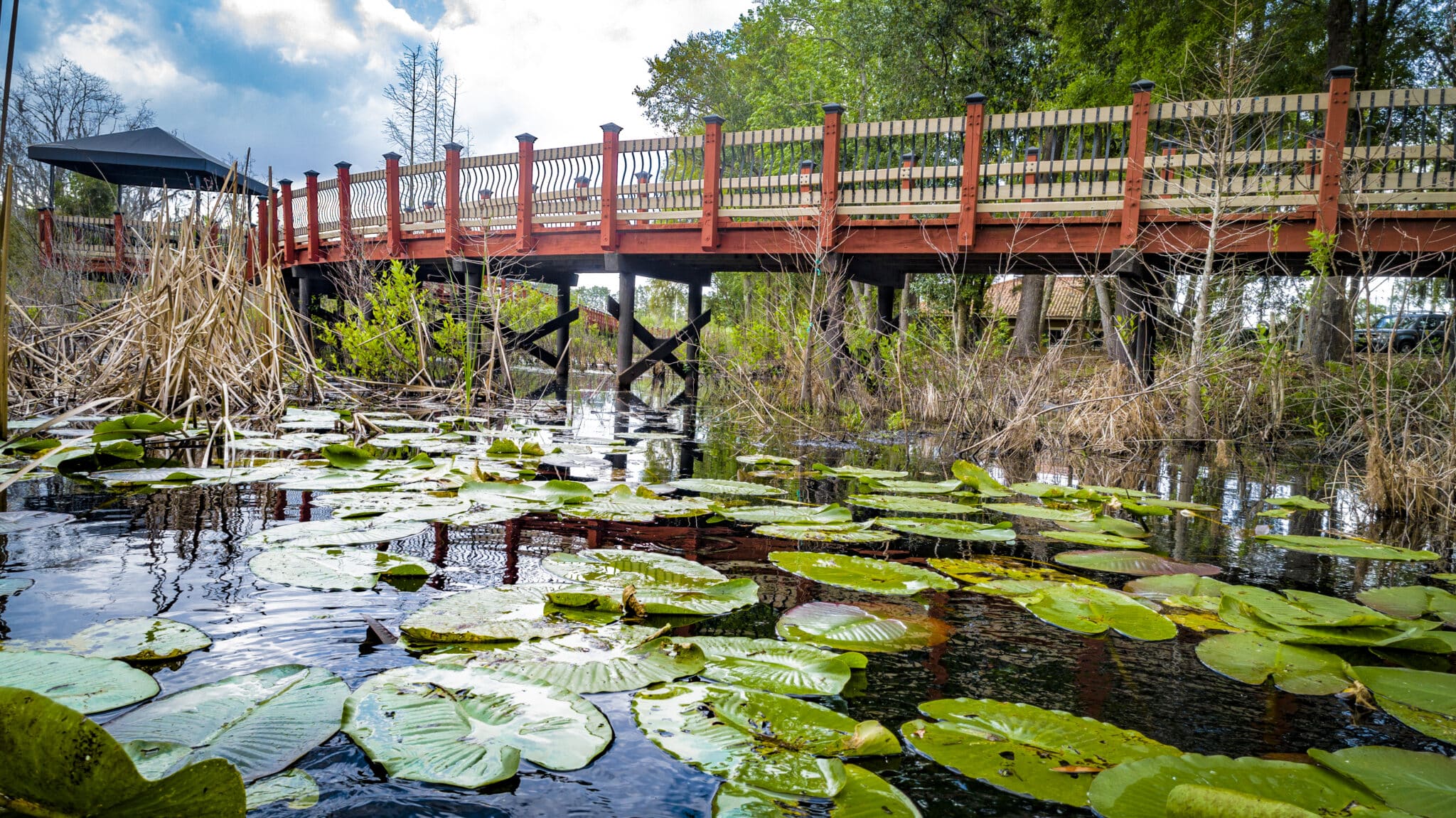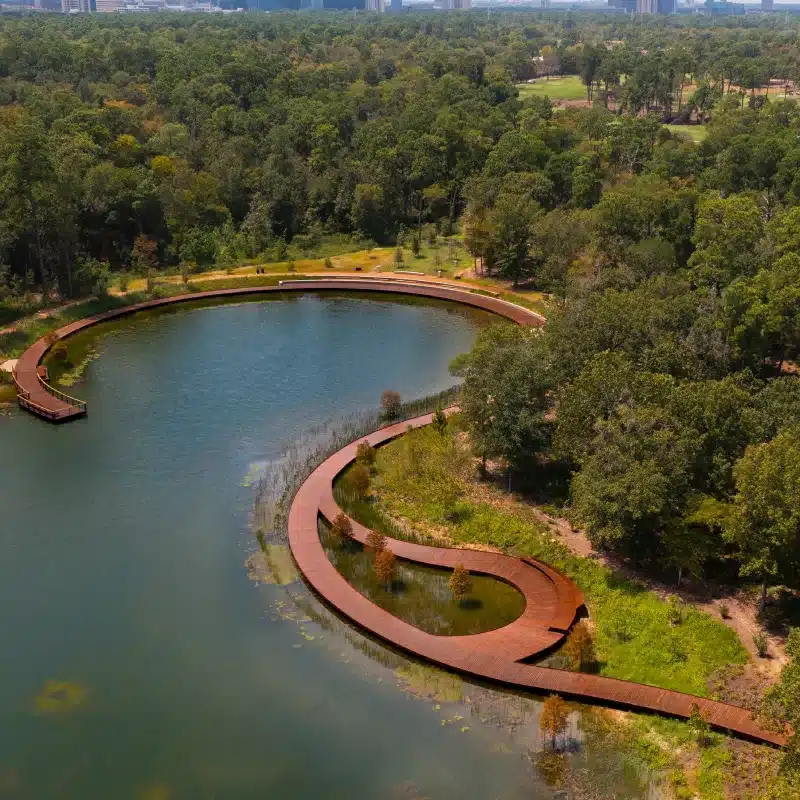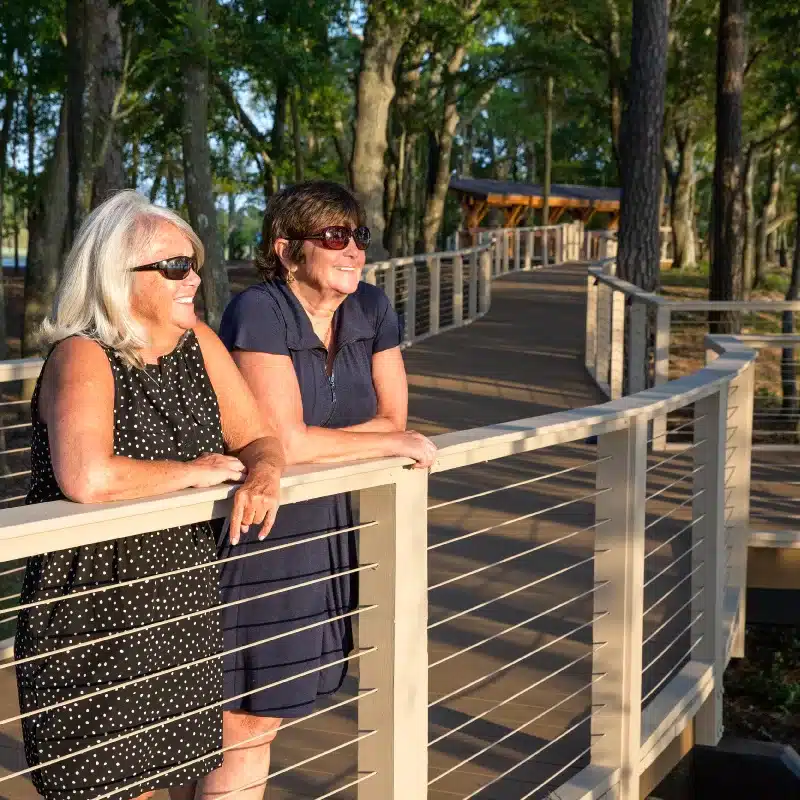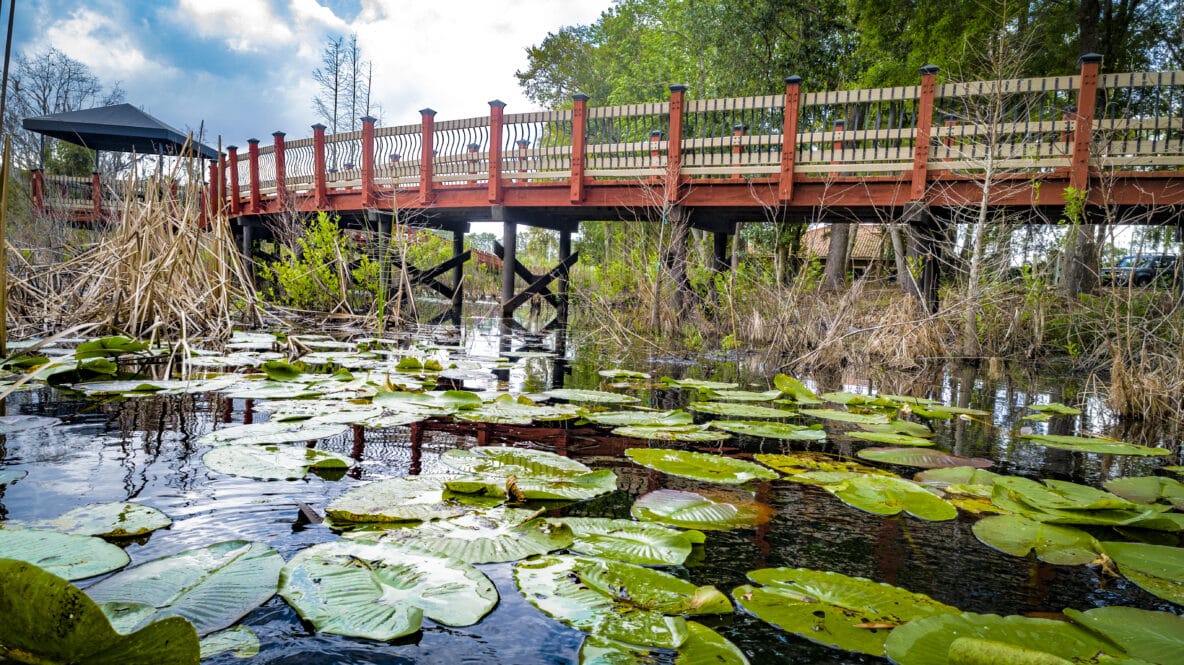
The Role of Timber Bridges in Wetland Mitigation: Sustainable Access Without Disruption
Wetlands are among the most valuable ecosystems on Earth, playing a crucial role in water purification, flood control, and biodiversity conservation. However, as land development continues to expand, access across wetlands becomes necessary, raising concerns about environmental impact. Proper wetland mitigation is essential to balance development with ecological preservation. One of the most effective and sustainable solutions for accessing wetland areas is the construction of timber bridges. Unlike traditional concrete or steel bridges, timber bridges provide a lower environmental footprint and minimize disruption to sensitive wetland habitats.
What Is Wetland Mitigation?
Wetland mitigation refers to efforts taken to offset the environmental impact of development projects that affect wetland ecosystems. This often includes restoring, creating, or enhancing wetlands to compensate for loss or degradation caused by construction activities. The U.S. Army Corps of Engineers (USACE) and the Environmental Protection Agency (EPA) oversee wetland mitigation regulations under the Clean Water Act, ensuring that developers minimize and compensate for wetland disturbances (U.S. EPA, 2023).
Why Developers Must Prioritize Wetland Mitigation
- Wetlands act as natural water filters, improving overall water quality
- They provide essential habitats for diverse species, including endangered wildlife.
- They serve as natural buffers against flooding and erosion.
- Regulations require developers to avoid, minimize, and compensate for wetland impacts.
Failing to comply with mitigation requirements can lead to legal challenges, costly delays, and reputational damage for developers. Therefore, selecting sustainable solutions like timber bridges is essential for maintaining environmental balance while achieving project goals.
How Timber Bridges Align With Wetland Mitigation Goals
1. Low-Impact Construction Methods
York Bridge Concepts (YBC) specializes in constructing timber bridges using techniques that minimize ground disturbance.
Top-Down Construction
This method, also known as Deck-Level, allows the bridge to be built from above, reducing the need for heavy equipment within the wetlands.
Impact Driven Piles
By using our hammer drill on an excavator, these piling foundations minimize soil displacement and erosion compared to traditional foundation methods.
Onsite Assembly
Building sections on-site piece-by-piece reduces the need for complex logistical shipping of pre-fabricated sections, lowering the overall carbon foot print, and site disturbance.
2. Preservation of Natural Hydrology
Concrete and steel bridges often require large foundations that can alter wetland hydrology. Timber bridges, on the other hand, allow natural water flow to continue unimpeded. Timber bridges are lightweight structures require fewer piers, reducing soil compaction and waterway obstruction.
3. Sustainability & Reduced Carbon Footprint
Timber bridges have a significantly lower carbon footprint compared to steel and concrete bridges. Timber is a renewable resource that sequesters carbon throughout its lifecycle, whereas steel and concrete require energy-intensive manufacturing processes that emit high levels of CO2.
Certified Sustainable Timber
YBC sources timber from responsibly managed forests.
Long-Lasting Protection
Modern wood treatment techniques ensure longevity, reducing the need for replacement and minimizing environmental impact over time.
York Bridge Concepts' Commitment to Sustainable Crossings
York Bridge Concepts has constructed numerous wetland crossings that comply with stringent environmental regulations while providing durable and aesthetic solutions. Case studies showcase the effectiveness of YBC's approach:

Memorial Park, Houston, TX
A timber boardwalk and bridge system designed to preserve natural wetlands while providing public access.
More about the Memorial Park Project

River Lights, Wilmington, NC
A 1,190-foot boardwalk with a 120-foot multi-span timber bridge enhancing waterfront access while protecting sensitive habitats.
More about the River Lights Project
By integrating timber bridges into wetland mitigation efforts, developers can achieve both ecological conservation and project success. York Bridge Concepts stands as a leader in environmentally friendly infrastructure solutions, helping landowners, municipalities, and developers create sustainable access solutions.
Sources:
U.S. Environmental Protection Agency (EPA). (2023). Wetland Protection & Mitigation Regulations. Retrieved from https://www.epa.gov/wetlands
U.S. Army Corps of Engineers (USACE). (2023). Nationwide Permits for Wetland Crossings. Retrieved from https://www.usace.army.mil/
Create Your Legacy Today
Discover the intersection of strength, durability, and environmental responsibility with York Bridge Concepts. Let's build a bridge to the future together.

